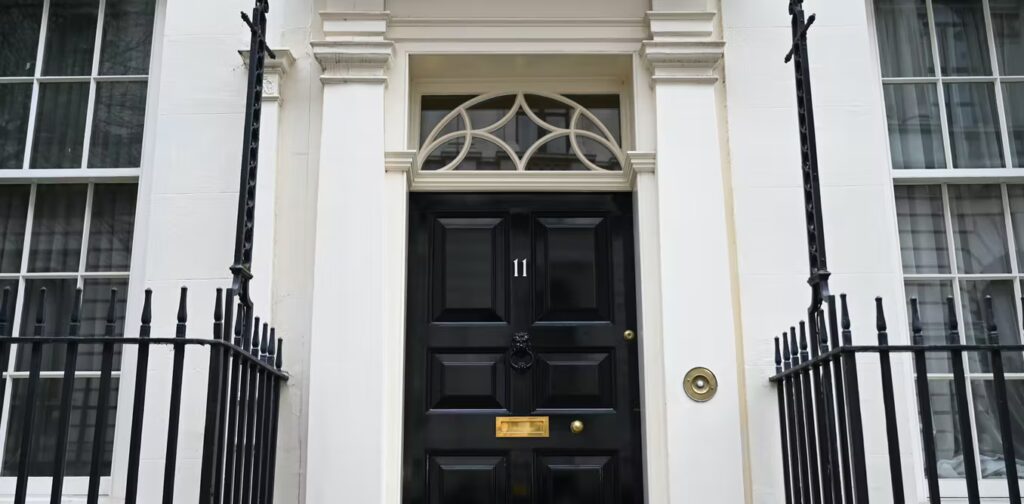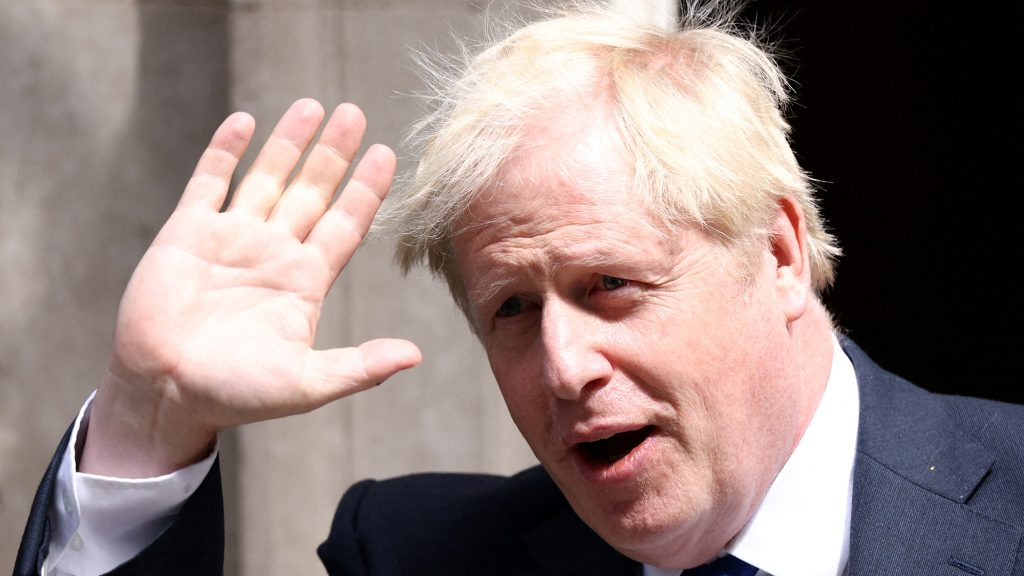Boris Johnson resignation: how the prime minister’s tumultuous week played out

After weathering numerous storms that would have sunk others, Boris Johnson’s time as prime minister comes to an ignoble end, mired in scandal and having lost the support of nearly all his MPs.
The resignation didn’t come out of nowhere – Johnson was already losing support from his party, narrowly surviving a confidence vote in early June. Just two weeks later, things were looking even grimmer, after losing two byelections in supposedly safe seats.








